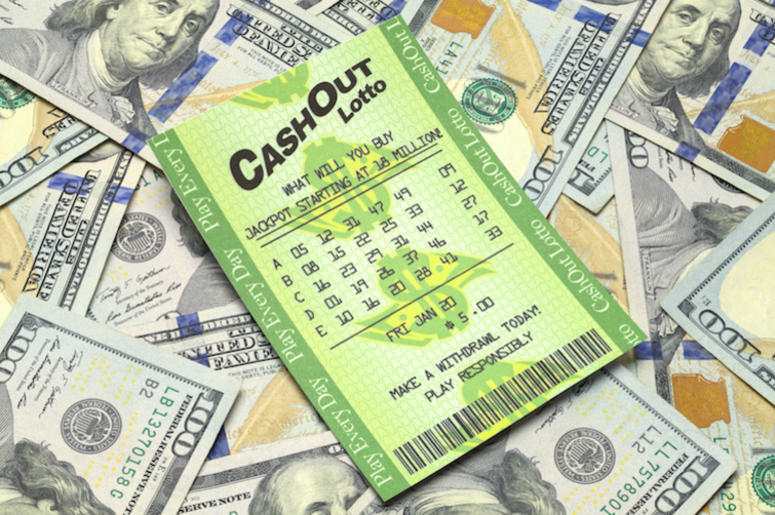A Lotto OF Bad Ideas

A full third of Americans believe that winning the lottery is the only way they can retire.
What? Playing a game of chance is the only way they can retire? Do you ever wonder if winning a game – where your odds are 1 in 175,000,000 – is the only way you’ll get to make Hawaiian shirts and flip-flops your everyday uniform?
Do you feel like you might be gambling with your retirement?
If you do, that’s not a good sign. But believing you may need to win the lottery to retire is somewhat understandable when the financial struggle facing a majority of North Americans is considered: 78% of American full-time workers are living paycheck-to-paycheck, and 71% of all American workers are currently in debt.
When you’re in a financial hole, saving for your future may feel like a gamble in the present. But believing that “it’s impossible to save for retirement” is just one of many bad money ideas floating around. Following are a few other common ones. Do any of these feel true to you?
Bad Idea #1: I shouldn’t save for retirement until I’m debt free.
False! Even as you’re working to get out from under debt, it’s important to continue saving for your retirement. Time is going to be one of the most important factors when it comes to your money and your retirement, which leads right into the next Bad Idea…
Bad Idea #2: It’s fine to wait until you’re older to save.
The truth is, the earlier you start saving, the better. Even 10 years can make a huge difference. In this hypothetical scenario, let’s see what happens with two 55-year-old friends, Baxter and Will.
- Baxter started saving when he was 25. Over the next 10 years, Baxter put away $3,000 a year for a total of $30,000 in an account with an 8% rate of return. He stopped contributing but let it keep growing for the next 20 years.
- Will started saving 10 years later at age 35. Will also put away $3,000 a year into an account with an 8% rate of return, but he contributed for 20 years (for a total of $60,000).
Even though Will put away twice as much as Baxter, he wasn’t able to enjoy the same account growth:
- Baxter would achieve account growth to $218,769.
- Will’s account growth would only be to $148,269 at the same rate of return.
Is that a little mind-bending? Do we need to check our math? (We always do.) Here’s why Baxter ended up with more in the long run: Even though he set aside less than Will did, Baxter’s money had more time to compound than Will’s, which, as you can see, really added up over the additional time. So what did Will get out of this? Unfortunately, he discovered the high cost of waiting.
Keep in mind: All figures are for illustrative purposes only and do not reflect an actual investment in any product. Additionally, they do not reflect the performance risks, taxes, expenses, or charges associated with any actual investment, which would lower performance. This illustration is not an indication or guarantee of future performance. Contributions are made at the end of the period. Total accumulation figures are rounded to the nearest dollar.
Bad Idea #3: I don’t need life insurance.
Negative! Financing a well-tailored life insurance policy is an important part of your financial strategy. Insurance benefits can cover final expenses and loss of income for your loved ones.
Bad Idea #4: I don’t need an emergency fund.
Yes, you do! An emergency fund is necessary now and after you retire. Unexpected costs have the potential to cut into retirement funds and derail savings strategies in a big way, and after you’ve given your last two-weeks-notice ever, the cost of new tires or patching a hole in the roof might become harder to cover without a little financial cushion.
Are you taking a gamble on your retirement with any of these bad ideas?
Call us so we can discuss some good proven ideas 305-809-8200 or make a free appointment @ bitly.com/bookmeup

